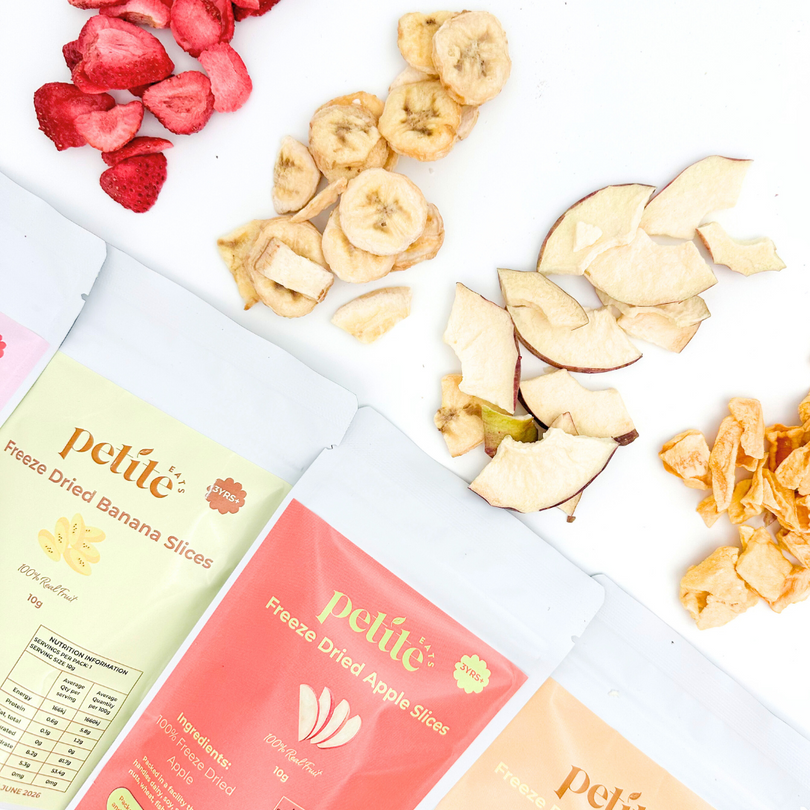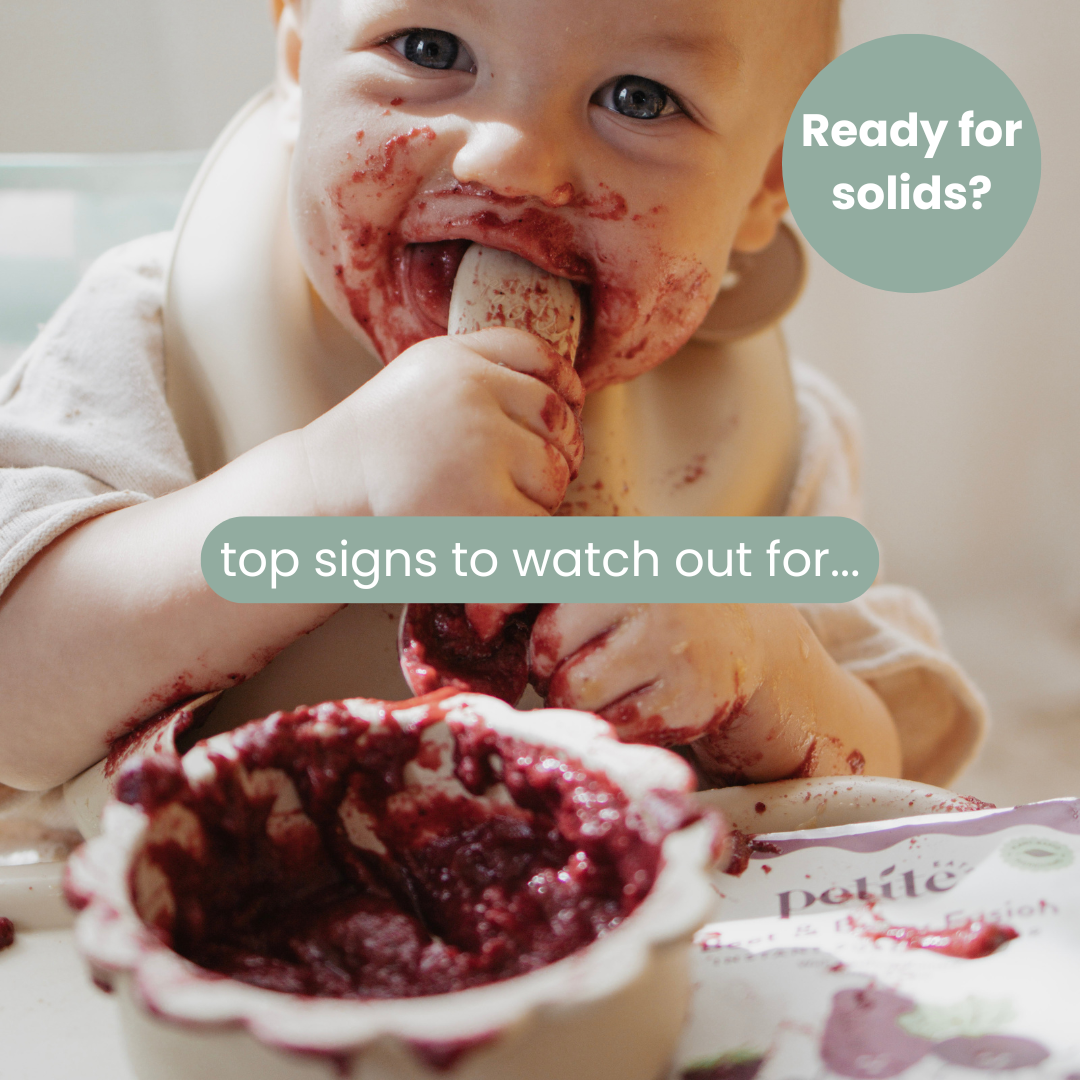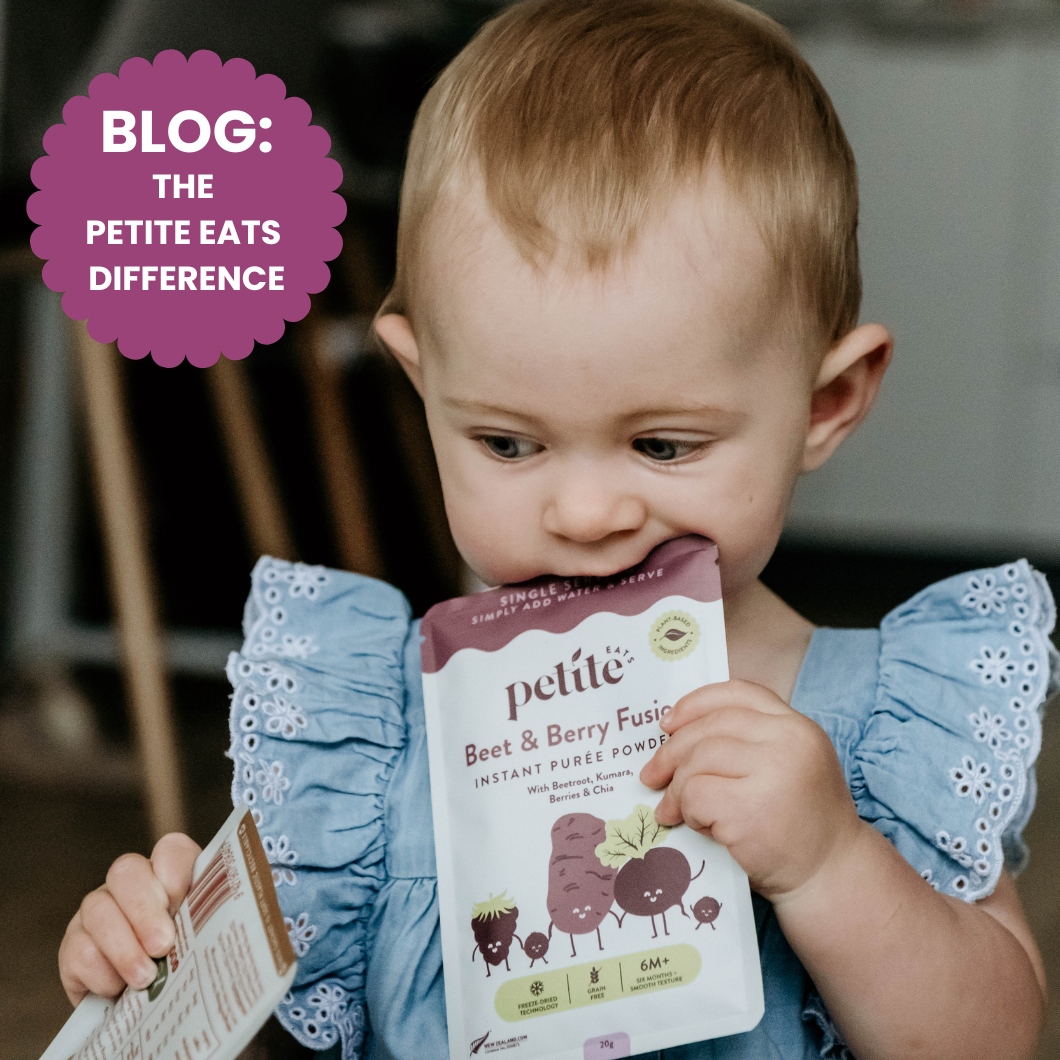Fussy Eating? You’re Not Alone.
If your toddler suddenly refuses their favourite foods or only eats beige carbs take a deep breath. It’s totally normal. Fussy eating is a phase most toddlers go through, but there are gentle, effective ways to help them grow into more adventurous eaters.
Here are our favourite tips for reducing stress at mealtimes and encouraging healthy habits using fun, functional feeding tools designed for real life.

1. Create a Calm, Pressure-Free Mealtime
Toddlers pick up on our energy. When mealtimes are stressful, they can feel that too. Instead of pushing for “just one more bite,” try serving food calmly and stepping back.
✨ Try this: Use our Silicone Divided Plate with Lid to give each food its own space. It's ideal for presenting new foods alongside familiar favourites giving your little one more control.
2. The “Safe + New” Approach
Pair a food your toddler already loves (like toast or banana) with a new or previously rejected one. Repeated exposure builds trust - even if they don’t eat it at first.
The divided plate helps keep flavours and textures separate, which many picky eaters prefer.
3. Model the Behaviour You Want to See
One of the most powerful tools? You.
Sitting and eating together - even just a snack shows your toddler that food is safe and enjoyable. If they see you eating broccoli, they’re more likely to try it too (eventually!).
Try serving the same foods in mini versions, or let them use their Toddler Cutlery to “copy” how you eat.
4. Eat Together, When You Can
Family meals don’t have to be fancy. Just being at the table together helps children build positive associations with food. Even if you’re not eating the same thing, the connection matters.
5. Make Food Fun With Functional Tools
Bright colours and toddler-sized tools can make a big difference in willingness to explore food. Our feeding essentials are designed for independence, safety, and real-life use:
- 🍽️ Divided Plate with Snap-On Lid
- 🥄 Easy-Grip Toddler Cutlery Set
- 🧃 Insulated Smoothie Cup
- 🔪 Toddler Safety Knife — perfect for food prep together!
These aren’t just cute - they’re confidence boosters.

6. Let Them Help Prep (Just a Little)
Letting your toddler help prep meals builds ownership and curiosity. They’re more likely to try something they had a hand in creating.
Use our Safety Knife to let them safely chop soft foods like banana, avocado or mushrooms. It’s a great way to bring them into the process without stress.
7. Keep Offering, Without Pressure
It can take up to 15 exposures for a child to accept a new food. Seeing it regularly (even untouched) is progress!
Keep rotating your offerings, stay consistent, and use divided plates and functional feeding tools that make your life easier in the meantime.
From One Parent to Another...
There’s no perfect way to feed a toddler. But with calm consistency, a bit of patience, and the right tools, you can create positive mealtime experiences that last.
We're here to help with tableware and baby food designed by real parents, for real life.
👉 Explore Our Feeding Essentials




